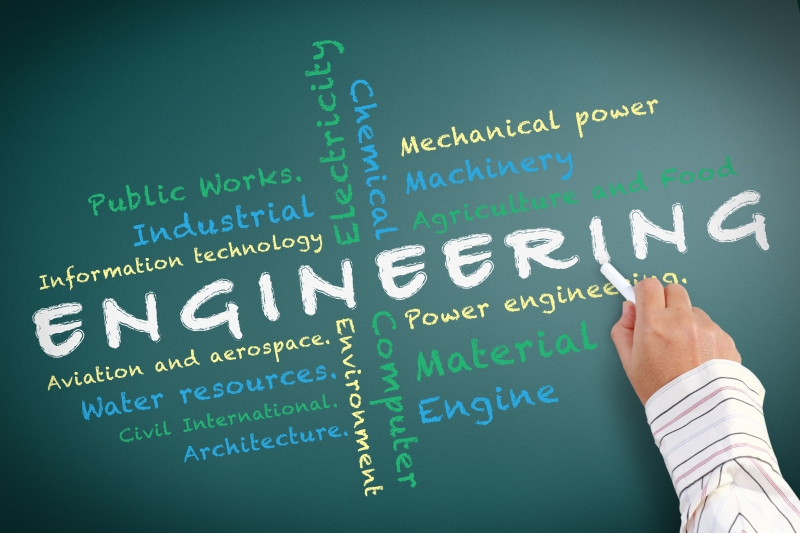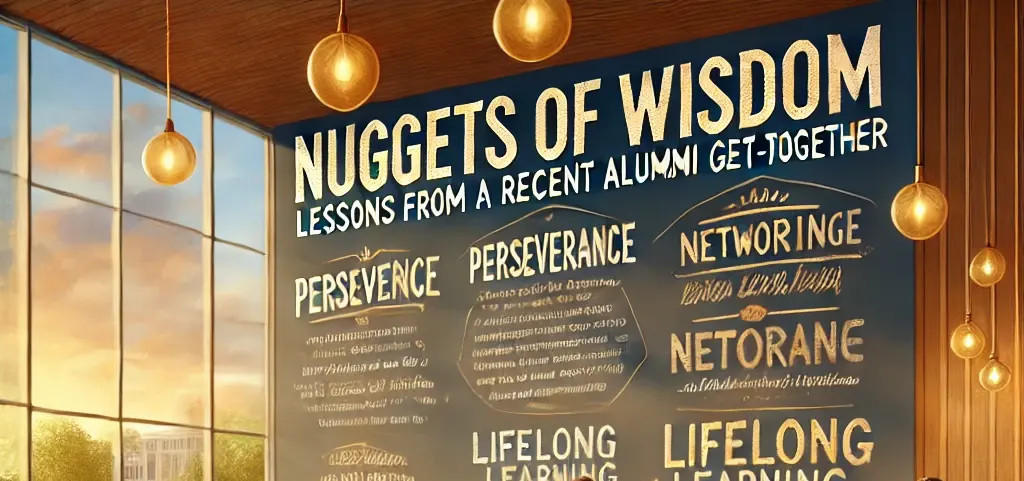Abstract
This case study is my journey of teaching the engineering students to formulate a problem and find multiple solutions to it. One the most economic and safe solution to be taken up to the level of completion and finding of the projects. This case study is all about seeding and nurturing the talent for research, development, innovation and entrepreneurship to Engineering College education. This is based on the way I devised and reverse engineered the procedure and the challenges tackled over a span of 15 years.
Problem Statement
Without naming the institutions, I would say, most of the projects were randomly picked up, left unfinished, repeated, copied, handed over, bought and sold along with the project reports and power point presentations. No one takes care, when and how were the projects made and the whole philosophy of the journey to reach the final product to be seen as a learning is jeopardized.
We Indians are inquisitive by DNA, which is the major ingredient for any Research and innovation and short of infrastructure and facilities which fuel innovation and finds viable economic solution to problem at hand.
The Journey
I joined academics in a UPTU engineering college as faculty in 2001. In the first year of my career as academician after a 12-year stint as entrepreneur and consultant gave me the insight, that, the most important part of Engineering education was being messed up under the load of theoretical knowledge. The theoretical knowledge, which, only 10% students will be able to use during their higher education in Masters and Ph.D. level. Actually, later, the bridge course of Ph.D. course work and the Masters program has been updated taking this into consideration.
I found that the final year projects were taken up and finished haphazardly. These projects are selected by the students themselves within three months of time. They were made in some random labs and somehow supported with a report. After the exam, the report and the physical project found its place in garbage.
However, the correct way of doing a projects is as follows: The faculty has to float the projects. The faculty has apprised of the class and explains the projects. The student should come with the willingness to do the project. After the faculty and the students identify each other as mentor and mentee, a screening committee should see that the labs concern, facilities and human resources are there. Only then this should be allotted to the student.
The university had a syllabus of PCB lab in 4th semester. I introduced a project lab under this name. Later, during the practical exams, I had a project exhibition and students displayed and presented their small projects in the form of physical projects, reports and charts. I invited all my friends from industry and also informed two polytechnics about the said exhibition which lasted two days. Some friend of mine added an alarm to the submersible pump that, he was making and the student concern started getting his royalty from it. It was such a motivation for the rest!
Very soon, I realized, that, actually, the faculty was not interested to take challenges as mentors. First, because they were themselves not sure of the practical and then, the credit for having a project or any other lab is only half of that of theory classes. Thus the student had to pick up ready made projects from random labs and training centers.
The question was, how to make the faculty go that extra mile. I devised a solution. But, it took me three years to implement it in totality. I suggested, that, no one should sign the project report, unless it is supported by a technical paper. Now, the million-dollar question here was, hardly any one in the institution knew, the way of writing the technical paper. I relaxed the bar by suggesting, that, it could be a tutorial or study paper in the said topic.

Next problem was the digital subscription of journals and IEEE subscriptions which are very expensive. During that time only, AICTE made it mandatory for all institutions to have journals worth 4 lakhs each annum mandatory. Later, it was challenged in court and was later withdrawn; but during that time, I communicated with few chairmen of various institution to expedite the possibility of making a consortium and jointly taking up the subscription. Some agreed also, but, later AICTE withdrew that circular.
Then, after a year, I added, that, the name of the faculty would be the last one in the list of authors as a mentor. I had to counsel them, that, this way, in a capacity of 120 students per batch and 24 faculty members, each member of faculty will have 5 papers in each year. That sounded lucrative and the ball started rolling. As soon as the idea of 5 papers each year clicked to the faculty, they had their interest and I had my learning for the life, that, unless all the stakeholders are roped in for a win-win situation, no solution can immerge. That time I was concentrating on final year students for projects.
In the mean time, I realized, that, 8th semester turns out to be a very small 3 month semester after CAT and GATE exams, when the students start concentrating upon studies. I realized, that, the projects should be identified in 7th semester. That time around, there was a change in UPTU syllabus, that, we cashed in. A minor project was added in 7th semester, which we dealt with as the synopsis, and study part of major project. We got that time to do the feasibility study of the projects.
But, I identified, that, the orientation of the students was much more important. There was a provision of a seminar in sixth semester. We started giving the seminar topic to the students accordingly. Also, we opened the arena for the students to identify their own seminal topics, which would align to the minor and major projects during final year. (Yes, deliberately, I switched from ‘I’ to ‘we’ because I turned to the Head of the Department and the people started accepting my vision of handling these projects).
That time around, we had an inspection for NBA accreditation and the faculty of the department was supposed to be divided into four or five specific research groups. I extended that exercise for students also. We started asking the students about their area of interest at the level of 2nd year. It was a difficult task. The students were accustomed to study whatever was told to them, they were never asked what do you want to study? We started giving them liberty to identify their interest area, demarking the students from second year itself in to Specific Research Group for example, Signal Processing, Communications, Electronics devices and microcontroller in the Department of Electronics and Communications. We gave them insight, that, they should pickup their summer training, seminal topic, minor and major project in one area and try to align them as a process one after the other.
As a byproduct, around 2007, I began communicating every HR personal who would visit the college, asking them the requirements of the industry as on date and their prediction for the next four years. I would bring these finding straight to my students and the result was, that, the IT companies would come to the college and pick up the EC students. I would align my project groups into the technicalities of the industry and the industry would find already aligned and easy to train apprentice.
With the research groups already in place, the mentoring became easier and the students themselves started teaching their junior peers. This time around, say 2008, many competitions started coming in, in the area of Robotics and Mechatronics. We also conducted Technical fest during 2008, 2009 and 2010 centralized on these topics and a lot of learning and healthy competition came in between many colleges. I also realized, that, having the students from the same discipline does not solve the purpose as such. It had to be an interdepartmental group. May be one student from Mechanical, other from Electrical, third from Electronics or Computers and may be one from MBA. The people respected my idea up to combining the Engineering departments but dismissed, when it came to MBA. Also, the Departmental Heads found it difficult to assess the students and upload the marks. No HoD could trust the other one for assessment for interdepartmental students and whether the interest of the student and the institution is guarded in such a system. It was a difficult exercise and I had to convince the Director of the college to intervene that the research group will be identified by and assessed by core department and the assessment will be transferred to the Head concern.
During the process, I realized, that, as soon as that project group leaves the college, the project finds its place in backyard and in garages. Students qualify & leave the campus and faculty moves out due to normal iteration in private Engineering Colleges. The need of the hour was the continuity of the projects. There I devised a new method. I extended the project group. Every group had one student from 3rd year and one student from 2nd year. Several issues were addressed with this one move:
- The final year students would love to teach and include good students in their project group.
- They passed on the legacy to them.
- We already had student lead for the project ready, even after the group has passed out. These students used to describe the working of the projects with enthusiasm to all visitors.
- The accreditation teams from AICTE and UGC and industry accreditation were delighted to see such an arrangement.
- There was no repetition of the projects
- Whatever, the final year students wrote in their futuristic, that turned to be the project for the next group. There was no abrupt disowning of the projects.
This continued smoothly for three years. It was 2014 when I identified that, the outcome of this whole process had two major diverse and opposite results:
- Since there was a continuous research going on in 7 to 10 areas, we had handy projects which we could show to Govt. funding institutions. In the evaluation matrix of finding institution, there is always a parameter of duration of the project and there we easily filled in, the details of these continuous projects.
- Since there was a provision of technical paper presentation by each group, some unauthorized journals and conferences cropped up and academic spirit was tainted there. Later, we insisted, that, the papers to be presented in the listed journals of UGC site, or in Scopus Indexed journal and the conferences (where the papers were presented) must be technically supported by Engineering societies of repute.
Cashing on to the first result, we presented five projects on energy to Department of Science and Technology in 2015 and got funding for three of them. During the process, I was able to develop incubation centres for three colleges.
In 2015, we made a ‘SPARK’ group, which invited ideation from students, faculty, professionals and people from all walks of life. We did penal discussion with Doctors, Architects and SMSE factory owners to identify the problem areas. This time around many schemes from different Govt. Departments were floated and many Entrepreneurs were benefitted.
I look forward for a Engineering Research Eco System where the industry funds the projects and the students are introduced to Research at a early stage. I look forward for a society, who is proud of its Engineers and innovators. There is a societal reform required. I have a vision of Engineering colleges to convert to practical training institutions like medical colleges. I envisage, that, if someone has a car which could not be fixed even by the factory owned garages, he should have the confidence, that, Head of the Department of so and so institution can fix it.
Futuristic
Next I propose, a universal idea bank as a portal wherein on one side anyone can post a problem and on other side all universities/ educational institutions can give the solutions. The faculty mentors, tinkers and consultants can give their expert advise. The incubators can identify their areas of expertise and accelerator groups can provide funding and get business.
My learning for my students
Instead of going into a shell for all 4 years and at the end of it cry ‘No Opportunities’; Do something with your leisure time each day to make yourself successful in life.



